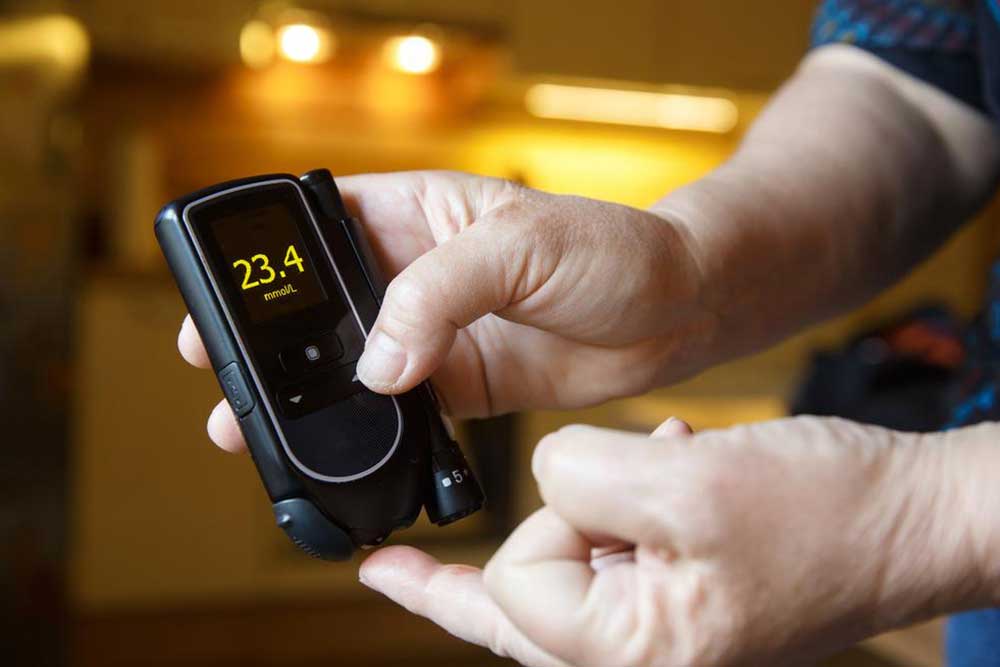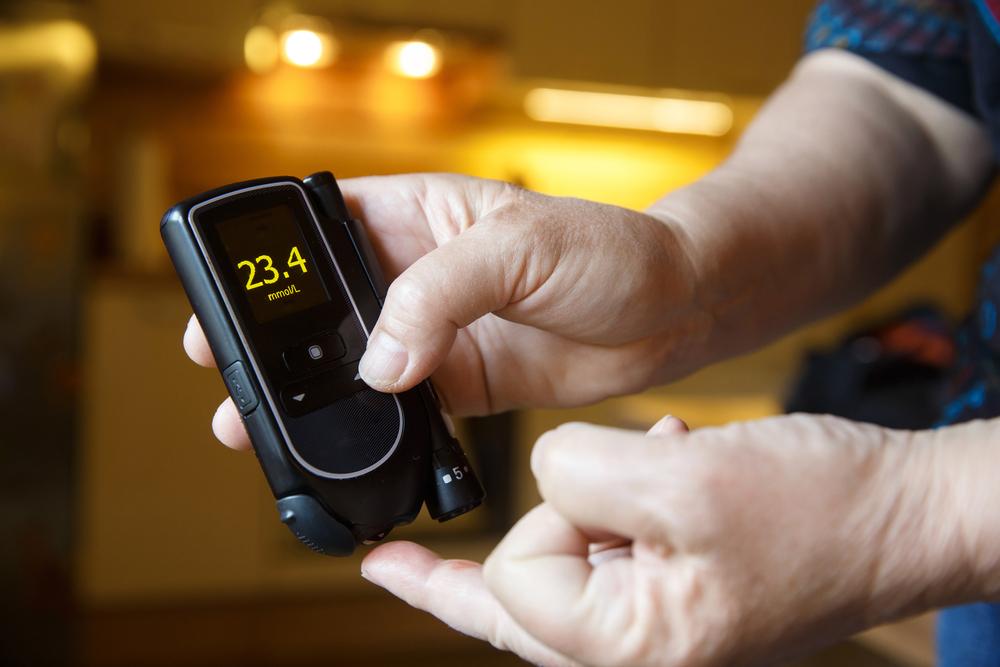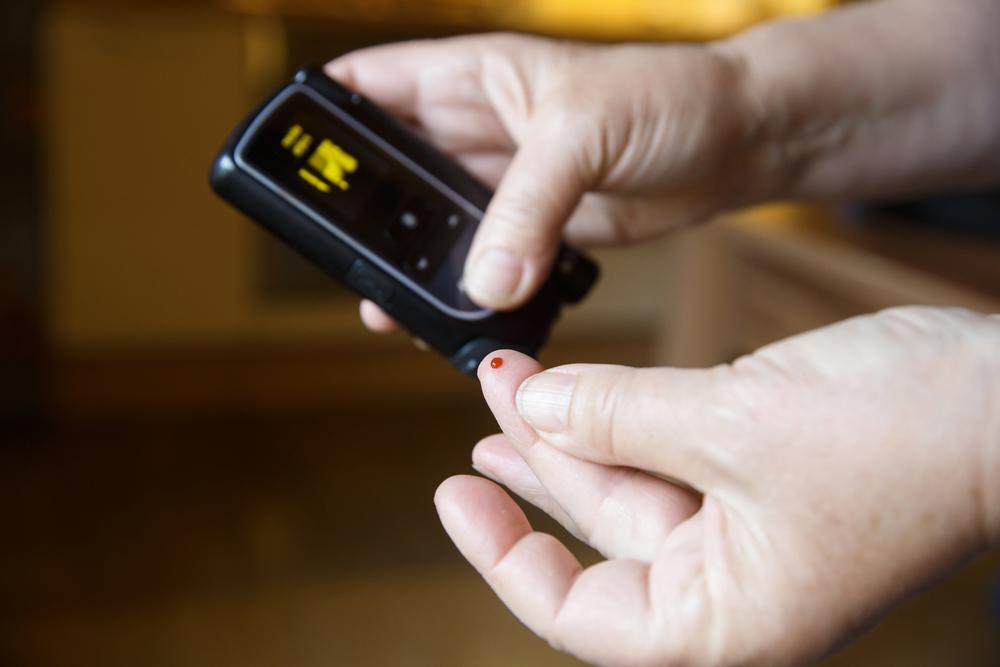Comprehensive Guide to Recognizing Early Signs of Diabetes and Taking Preventive Action
This comprehensive guide explains the early symptoms of diabetes, its different types, and effective preventive measures. Recognizing signs early and adopting a healthy lifestyle can significantly reduce risks and lead to better disease management. Learn how to identify symptoms like fatigue, frequent urination, and blurred vision, and understand the importance of prompt medical consultation. The article also offers practical tips on diet, exercise, and monitoring to help you maintain optimal blood sugar levels and prevent long-term complications of diabetes.

Comprehensive Guide to Recognizing Early Signs of Diabetes and Taking Preventive Action
Diabetes mellitus, widely referred to as diabetes, is a chronic metabolic disorder that affects millions of individuals worldwide. It is characterized by elevated blood glucose levels over an extended period, which results from either the body's inability to produce sufficient insulin or the body's cells becoming resistant to insulin's effects. Insulin, a vital hormone produced by the pancreas, plays a crucial role in regulating blood sugar levels by facilitating the absorption of glucose into cells for energy and storage. When insulin production diminishes or the body's response to insulin weakens, blood glucose levels rise uncontrollably, leading to the development of diabetes. Understanding the early signs and symptoms helps in early diagnosis and effective management, significantly reducing the risk of serious complications such as cardiovascular diseases, nerve damage, kidney failure, and vision impairment.
Different Types of Diabetes:
Type 1 Diabetes: This form is an autoimmune condition in which the body's immune system mistakenly attacks and destroys the insulin-producing beta cells in the pancreas. As a result, individuals with type 1 diabetes produce little to no insulin. It often manifests early in life but can develop at any age. Patients require lifelong insulin therapy for survival.
Type 2 Diabetes: The most common type, usually developing in adults but increasingly seen in children and adolescents. It occurs when the body's cells become resistant to insulin's effects, or the pancreas doesn't produce enough insulin to meet the body's needs. Lifestyle factors such as obesity, sedentary behavior, poor diet, and genetics significantly contribute to its development.
Gestational Diabetes: This type occurs during pregnancy when hormonal changes impair insulin action, leading to high blood sugar levels. It usually resolves after childbirth but increases the risk of type 2 diabetes later in life for both mother and child.
Recognizing the early symptoms of diabetes is vital for prompt diagnosis and management. The common symptoms shared across all types include persistent feelings of hunger, overwhelming fatigue, frequent urination (polyuria), dry mouth, itchy skin, and blurred vision. Specific signs of type 1 diabetes can include sudden weight loss, nausea, vomiting, and abdominal pain, often appearing rapidly. Conversely, early signs of type 2 diabetes tend to develop gradually and can be subtle, such as slow-healing wounds, recurrent infections, numbness or tingling in extremities, and dark patches of skin (acanthosis nigricans).
Early detection through blood tests like fasting blood sugar, oral glucose tolerance test, or HbA1c levels is critical. If you notice any of these symptoms, consult a healthcare professional promptly for comprehensive testing, diagnosis, and tailored treatment plans. The earlier diabetes is detected, the more effectively it can be managed to prevent complications.
Preventive Measures and Management Strategies:
Healthy Diet: Emphasize whole grains, fruits, vegetables, lean proteins, and healthy fats. Limit intake of processed foods, sugary beverages, and refined carbohydrates.
Regular Physical Activity: Engage in at least 150 minutes of moderate aerobic exercise weekly, such as walking, cycling, or swimming. Exercise helps improve insulin sensitivity and maintains a healthy weight.
Weight Control: Maintaining an optimal body weight reduces the risk of developing type 2 diabetes significantly.
Avoid Tobacco and Limit Alcohol: Both can impair blood sugar control and increase the risk of complications.
Monitoring Blood Sugar Levels: Regular self-monitoring helps in tracking your blood glucose and making necessary adjustments under medical supervision.
In terms of medical management, individuals with type 1 diabetes rely on insulin therapy, often requiring multiple daily injections or an insulin pump. For those with type 2 diabetes, oral medications like metformin, SGLT2 inhibitors, or DPP-4 inhibitors are commonly prescribed. Lifestyle modifications such as diet and exercise complement medical therapy effectively. Gestational diabetes generally resolves after childbirth but requires medical oversight during pregnancy to prevent adverse outcomes.
By adopting a proactive approach—maintaining a balanced lifestyle, staying vigilant about symptoms, and seeking medical advice early—you can effectively prevent or control diabetes. Awareness and early intervention are key to reducing complications and ensuring a healthier, more active life. Remember, your health is your greatest asset; take charge today for a brighter future!





